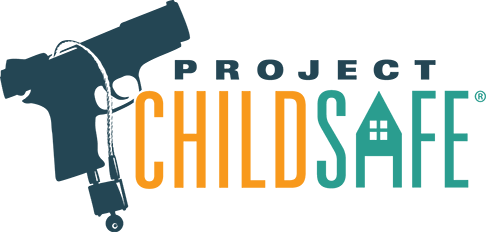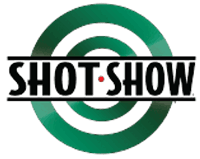Search
Cart
There are no items in your cart.
Login
A Guide to Responsible Firearm Safety Practices

The responsible ownership of firearms is a commitment to safety and diligence. This article aims to provide a comprehensive overview of best practices in firearm safety, emphasizing the importance of handling, maintenance, secure storage, and regular training.
Handling
Grasping the Basics: Safe firearm handling is the bedrock of gun safety. Before one can even consider firing a shot, understanding and practicing the principles of proper gun handling are paramount.
- Always Treat Firearms as Loaded: Operate every firearm with the caution you would if it were loaded, maintaining a constant state of awareness.
- Mind the Muzzle: Control the direction of the firearm’s muzzle at all times. A safe direction means that the gun is pointed so that even if an accidental discharge occurred, it would not result in injury.
- Finger Off the Trigger: Keep your finger outside the trigger guard and off the trigger until you are ready to fire.
- Know Your Target and What Lies Beyond: Always ensure that your target has a safe backdrop. Be aware of what is beyond your target to prevent accidental harm.
Maintenance
Preserving Integrity: Just like any precision tool, firearms demand regular maintenance to function reliably. Delve into the routines that ensure your weapon operates smoothly when it matters most.
- Regular Cleaning: Proper cleaning is essential to the functionality and longevity of your firearm. Follow the manufacturer’s guidelines for cleaning and maintenance.
- Inspection: Regularly inspect your firearm for signs of wear or damage, and have any concerns addressed by a qualified gunsmith.
- Ammunition Check: Ensure you are using the correct caliber or gauge of ammunition for your firearm, and inspect it for any imperfections.
Secure Storage
Fortifying Safety: Securely storing firearms is not just a best practice—it's a vital safeguard. We explore storage solutions that protect both your loved ones and your firearms without impeding accessibility.
- Safe Storage: Use a secure storage solution such as a locked cabinet, safe, or gun case to prevent unauthorized access to firearms.
- Quick Access Safes: For firearms designated for home defense, quick-access safes allow for the secure storage of a firearm that is also readily accessible to authorized users.
- Education and Authorization: Educate all members of your household about firearm safety. Only those trained and authorized should have access to the firearms.
- Preventing Corrosion: Even in storage, maintain your firearms in a condition that protects them from corrosion and damage. Employ dehumidifiers to manage moisture levels within safes.
Regular Practice and Training
Honing Skills: Consistent practice and professional training are not luxuries but necessities for responsible firearm owners. They are the means through which skills are sharpened and safety is ingrained.
- Continuous Learning: Firearm ownership requires a commitment to ongoing education. This includes staying informed on the latest safety protocols and legal requirements.
- Practice Makes Proficient: Regular practice at a range is essential for maintaining proficiency in firearm handling and accuracy. This ensures that if the need arises, you can operate your firearm effectively and safely.
- Professional Training: Engage in professional training sessions to stay adept at handling and firing your firearm. This training can also provide updated safety information and techniques.
Inventory Management
Keeping Account: For those with multiple firearms, meticulous inventory management is as crucial as safe handling. Here's how to effectively track and account for every firearm in your possession.
- Detailed Record-Keeping: Maintain an up-to-date inventory of all firearms, including serial numbers, descriptions, and storage locations.
- Periodic Audits: Regularly verify that your records match your actual inventory to account for all firearms.
- Secure Documentation: Store your inventory records securely, with backups in a separate location to safeguard against loss due to disasters or theft.
- Reporting Loss or Theft: In the event a firearm is lost or stolen, promptly report it to law enforcement with the serial number and description to aid in recovery and prevent illegal use.
Balancing Readiness with Safety
While it is often recommended to store guns and ammunition separately, a firearm designated for home defense needs to be readily accessible. In such cases, secure storage must allow for quick access by authorized individuals. Technology such as biometric safes strikes a balance between immediate availability and secure storage, ensuring safety and preparedness.
Firearm safety is a multifaceted responsibility that encompasses proper handling, meticulous maintenance, secure storage, and regular training. By upholding these practices, firearm owners ensure not only their safety but also the safety of those around them. The culture of continuous learning and practice is integral to responsible firearm ownership, ensuring readiness without compromising safety.
NEWSLETTER










Leave a Comment